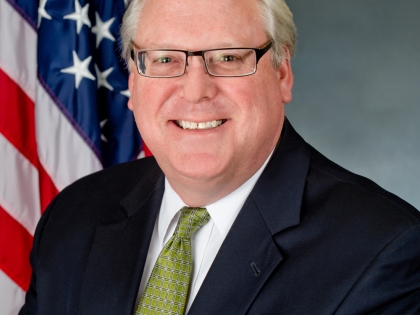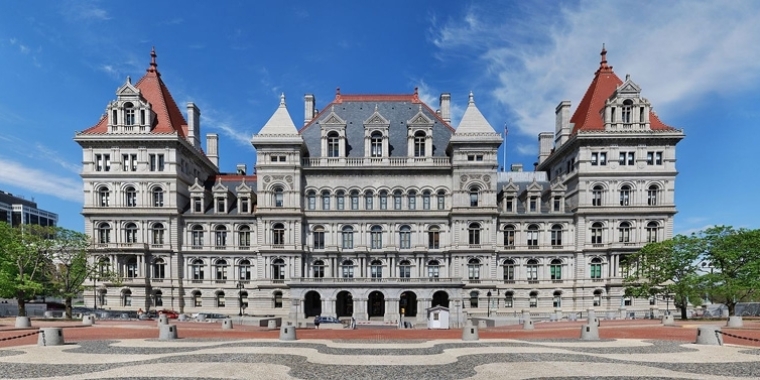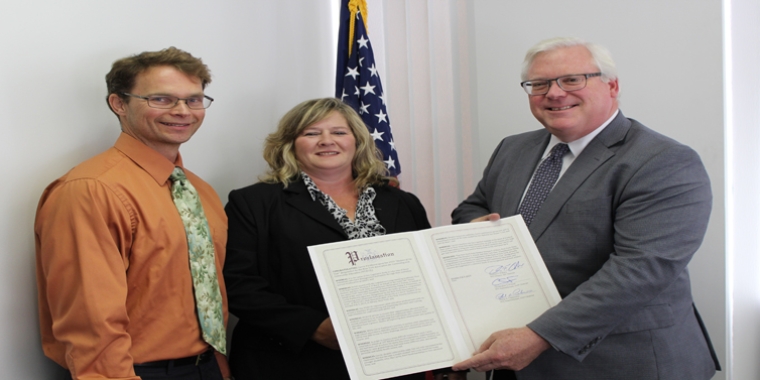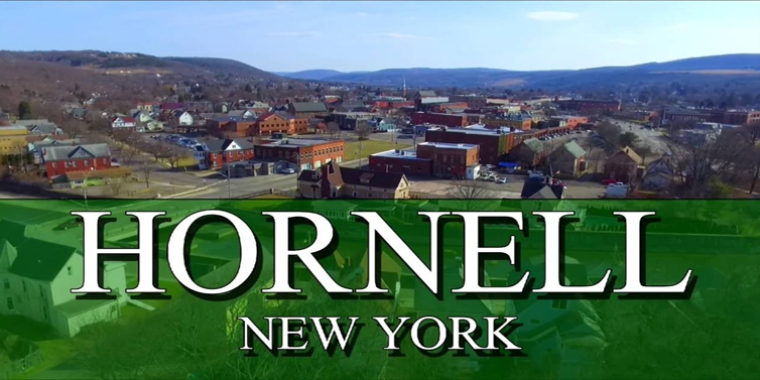
O’Mara: Defeating coronavirus is top priority, but final state budget adds to burdens facing Upstate communities, economies, governments, schools, taxpayers, and workers
April 3, 2020

Elmira, N.Y., April 3—State Senator Tom O’Mara (R,C,I-Big Flats) today said the final 2020-2021 New York State budget negotiated and approved by Governor Andrew Cuomo and the Democrat majorities of the state Senate and Assembly unnecessarily and unfairly adds too many additional burdens for Upstate New York communities, economies, governments, schools, taxpayers, and workers.
With the state facing rapid and unprecedented fiscal upheaval, O’Mara said the final budget enacts too many actions that have nothing to do with the coronavirus response and threatens Upstate communities with fiscal and economic burdens and uncertainties even after the COVID-19 response is completed.
Over the past few weeks, O’Mara has called on the governor and state legislative leaders to adopt a streamlined budget that straightforwardly focused on the coronavirus response and continued meeting the state’s short-term obligations, and then state lawmakers could reassess the state’s fiscal condition later this year to move forward with a more comprehensive, balanced, and restrained financial plan with hoped-for additional federal resources.
The new state budget cuts and freezes a range of state aid, including freezing Foundation Aid to local school districts at current levels despite the state receiving $1.2 billion in federal stimulus school aid. It authorizes billions of dollars in unnecessary new state borrowing that will burden future generations of taxpayers.
The budget does accept nearly $6 billion of federal stimulus Medicaid funding that fortunately, O’Mara said, was conditioned on the state not shifting additional Medicaid costs to counties. However, as one way around this cost-shifting restriction, the governor and the Democrat legislative majorities created a $50-million charge to counties for so-called “distressed hospital” aid.
The budget also gives Cuomo unprecedented powers to unilaterally revise the state’s fiscal plan throughout the coming fiscal year, including the authority to make additional cuts as he sees fit upon revenue deviations of as little as one-percent.
O’Mara said that too many of the actions will hit Upstate especially hard. He added that the budget includes policies and other actions that should not have been acted on during the current coronavirus crisis or as part of the state budget at any time. These actions include using taxpayer dollars to finance political campaigns to the tune of more than $200 million per every of the state’s two-year election cycles; new mandates on economic development projects receiving state incentives that will impose devastating cost increases on many already-hard-pressed Upstate employers; taking away local decision-making, including bypassing local zoning, in the siting of future renewable energy projects like wind and solar farms; a permanent ban on the exploration and development of natural gas in New York State; and a ban on polystyrene (Styrofoam) single-use containers that will jeopardize thousands of Upstate manufacturing jobs while out-of-state businesses will still be able to send and sell products in New York State with polystyrene packaging.
O’Mara added that the budget eliminates a proposed small business tax cut while it continues a tax cut for the Hollywood film industry worth $420 million annually.
He said that virtually all of the governor’s non-budget-related policy initiatives, such as gestational surrogacy, were rammed through as part of the new budget, with the exception of legalizing recreational marijuana.
O’Mara further noted that while the final budget is full of these non-budget policy moves, the governor and downstate Democrats largely ignored the overriding need to reform the state’s controversial No-Bail law by failing to give judges the full discretion necessary to keep dangerous criminals off the streets.
O’Mara released the following statement in reaction to the 2020-2021 state budget:
“This is not the time for hard-edged politics and out of respect for the men and women on the front lines working around the clock to combat and control the coronavirus pandemic, I’ll be restrained in my response. All of New York has one priority right now. We must get this public health emergency under control. We will have plenty to say and do about this budget at the appropriate time moving forward. For now, the coronavirus response is paramount to having any hope of getting our feet back under us and finding some solid ground. Right now we all need to keep responding to COVID-19 with the seriousness and personal responsibility it demands.
“But Upstate does not get a fair shake in this budget. It is the product of one-party, downstate Democrat control of state government, period. It will add fiscal and economic burdens on top of a pandemic already falling hard on Upstate New York communities, economies, governments, schools, taxpayers, and workers.
“We could and should have enacted a budget that simply kept this state running and meeting its obligations throughout this emergency. Then, once we weathered this storm, we could get to work assessing the damage, determining who and what needs repair, better calculate the federal response, and have an open and full discussion on the best way to move forward for this entire state, Upstate and downstate. That would have been common sense. That would have been responsible. That would have been fair. That’s not what happened here.
“For Upstate, in addition to doing our part to beat the pandemic, we are going to have to confront picking up the pieces of this budget and that’s what we will do in the months ahead. One thing is absolutely clear, Upstate needs to reclaim a voice in this state government.”
[Details on the newly enacted 2020-2021 New York State can be found on Division of the Budget website.]
Share this Article or Press Release
Newsroom
Go to Newsroom

October is Breast Cancer Awareness Month: Find Out More
September 30, 2019

October is Domestic Violence Awareness Month: Find Out More
September 30, 2019
